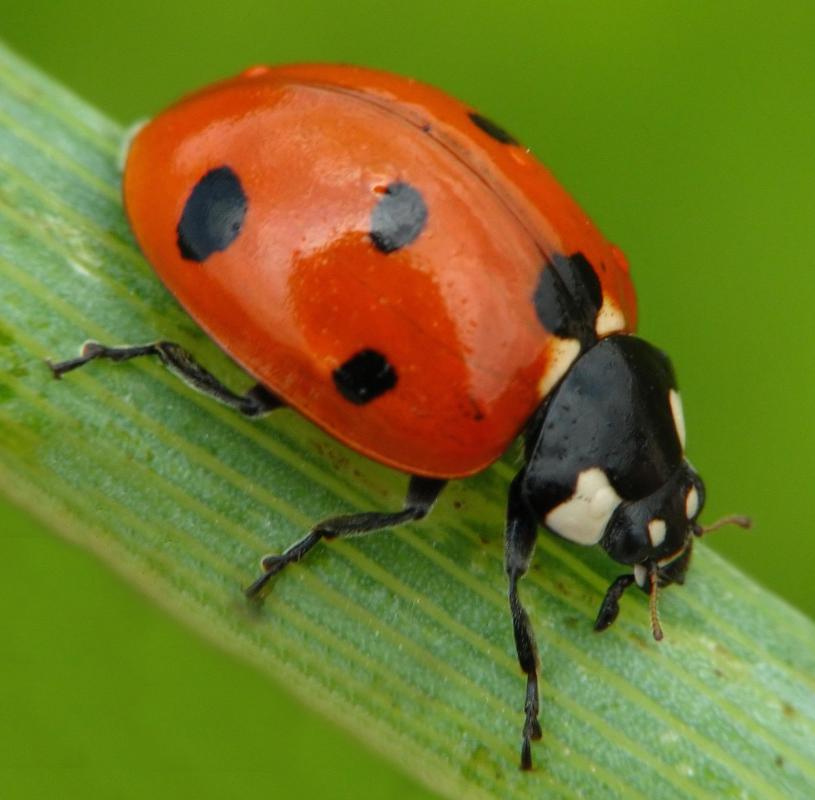At HomeQuestionsAnswered, we're committed to delivering accurate, trustworthy information. Our expert-authored content is rigorously fact-checked and sourced from credible authorities. Discover how we uphold the highest standards in providing you with reliable knowledge.
What is a Monkey Plant?
The monkey plant, also known as Ruellia makoyana, is a perennial plant from the Acanthaceae family. The plant's botanical name Ruellia is in honor of the French herbalist Jean de la Ruelle. It is commonly called the monkey plant as its seeds seem to resemble the face of a monkey. Originally from the Brazilian rainforest, where these plants grow naturally as groundcovers in moist soil and shady conditions, the monkey plants are popular as ornamental garden plants. They grow well outside in a well-drained soil and a humid climate, and thrive indoors as houseplants in pots and hanging baskets.
In size, the Ruellia makoyana perennials can grow up to two feet (0.61 m) tall and usually have a spread of about one and a half feet (about 0.46 m). The plant has elliptical or oval leaves that are about three inches (7.62 cm)long and are dark olive green in color. The leaves have red veins and are marked with a grayish-silver stripe along the central rib.
The flowers are pink or red in color and are trumpet-shaped, with five petals. They resemble petunias, although the monkey plant is not actually a close relative of that plant species. The flowers are not fragrant and usually bloom in the summer.

Monkey plants are creeping plants, with freely branching stems that send out roots. These types of plants can be propagated by cutting and planting the rooted stems. It is important to plant the monkey plant stem cuttings in a moist, well-drained soil in an area that receives full sun. The monkey plant is easy to grow and does not require much maintenance.

Adding compost and mulch to the soil, and fertilizing several times in the growing season in the spring and in the summer will benefit these perennials immensely. They can be fertilized with organic fertilizers, water-soluble fertilizers and temperature controlled slow-release fertilizers; the latter are fertilizers that are absorbed into the soil when certain temperature conditions are met.

Hummingbirds and butterflies are attracted to the bright flowers of the monkey plant and may possibly help with their pollination. Pests like spider mites and aphids also find these plants appealing, and can be tackled by using natural predators like ladybugs and lacewings or by using pesticides. Monkey plants are susceptible to rust diseases, caused by fungi, and the bright yellow, orange and brown rust spots appear on the leaf underside. Rust disease is especially prevalent in over-moist conditions or in rainy weather. To deal with this problem, apply fungicide, allow plenty of air circulation around the plant and do not water at night.
AS FEATURED ON:
AS FEATURED ON:













Discussion Comments
Has anyone had good results using ladybugs to get rid of the aphids on your monkey plants? I am trying to garden without using chemicals and am looking for organic and natural ways to take care of the pests.
Using something like ladybugs sounds like a good solution, but I wonder how effective it is? I sure don't see nearly as many ladybugs as I used to, so know I would have to find a way to increase their population or somehow buy them for this purpose.
I would love to hear how other people have used natural solutions like this to take care of the pests that can destroy your plants and flowers.
If you enjoy watching butterflies and hummingbirds, you will enjoy having monkey plants. I am glad I live in an area where I can grow these and love them as a groundcover because I have more shady spots than sunny ones.
@julies-- I haven't had as much luck growing monkey plants. The aphids seems to bother these plants as well as my roses. Even with regular spraying, I still seem to have problems with aphids and with fungi.
If we have a really rainy spring, they don't do well at all. I have found that the growing conditions have to be just right and I really have to keep on top of the bugs, or I don't have much luck with these plants at all.
I am familiar with monkey plants, but have never seen the seed of this plant and would love to see how it resembles the face of a monkey. What I like about these plants is how easy they are to grow.
I like to have flowers but don't like to spend much time taking care of them. If I am going to have something, it needs to be easy to grow and able to take some neglect.
That is one reason I have had pretty good luck growing the monkey plant. The pink flowers are bright and cheerful and I just have to make sure it gets enough water and sunshine.
Post your comments